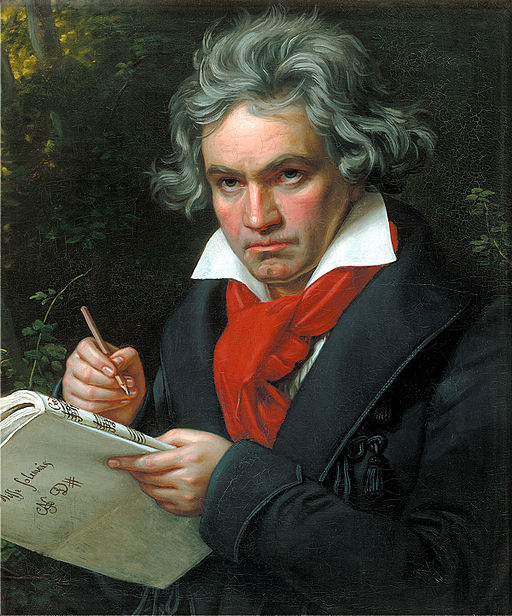Classical vs Romantic Music
For music aficionados, understanding the history and discovering the distinction between classical and romantic music, which both originated in the same time period, can be quite fascinating. To begin with, let’s examine the history of Western music. The Western music we all listen to today has not always remained the same. It was initially created and, over an extended period, gradually evolved from one style to another, with numerous contributions from various individuals who dedicated their lives to music and its development. Western music has a lengthy history and is divided into several periods, or eras: medieval, renaissance, baroque, classical, romantic, modern, 20th century, contemporary, and 21st-century music. Each period’s music shares specific characteristics, making them distinctly different from one another. This article delves into romantic and classical music.
What is Romantic Music?
Romantic music refers to an era of Western music that emerged in the late 18th or early 19th century, specifically from 1815 to 1930 AD. Romantic music is connected to the Romanticism movement that occurred in 18th-century Europe. Romanticism was not solely a music-related movement; it encompassed art, literature, music, and intellectual pursuits. Romantic-era music had several characteristics: its themes were often associated with nature and self-expression. Some well-known composers from the romantic period include Franz Schubert, Franz Liszt, Felix Mendelssohn, and Robert Schumann.
What is Classical Music?
In simple terms, classical music refers to the music of the classical period, which spanned from 1730 to 1820 AD. Although this is the original reference to classical music in the history of Western music, the term has now come to be used more broadly, and rather colloquially, to describe a variety of Western music from ancient times to the present. This type of music is not modernized or complex but rather light, simple, and soothing. Classical music is linked to classicism, a style of arts, literature, and architecture in mid-18th-century Europe. A primary characteristic of classical music is its emphasis on instrumental music. Famous classical music composers include Ludwig Van Beethoven, Joseph Hayden, and Wolfgang Amadeus Mozart. The expression of classical music primarily focused on emotional balance and restraint.
What is the difference between Classical and Romantic Music?
• Romantic music is connected with Romanticism in Europe, while classical music is related to Classicalism, also in Europe.
• Romantic music originated in the late 18th century, while classical music began in the mid-18th century.
• The themes or expressions of romantic music include nature and self-expression, while those of classical music involve restraint and emotional balance.
• Instrumental arrangements of classical music include symphonies without solo piano works, while those of romantic music feature larger symphonies with solo piano works.
• The harmony of romantic music consisted of chromatics, while that of classical music mainly comprised diatonic harmony.
Judging by these differences, it is clear that romantic and classical music are distinct from one another.
Key Takeaways
- Classical music is associated with Classicism in Europe, while Romantic music is connected with Romanticism in Europe.
- Classical music focuses on emotional balance and restraint, while Romantic music typically involves themes of nature and self-expression.
- Classical music mainly consists of diatonic harmony, while Romantic music features chromatic harmony.
